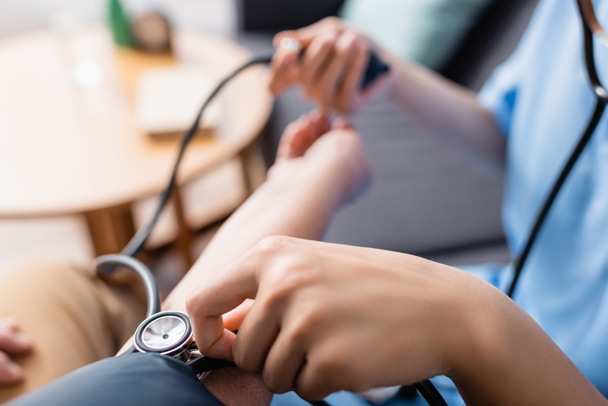Keep the Person Warm And Comfortable
페이지 정보
작성자 Leta 작성일25-08-13 23:08 조회5회 댓글0건관련링크
본문

If the particular person is aware and doesn't have an injury to the pinnacle, leg, neck, or spine, place the particular person within the shock place. Lay the person on their back and elevate their legs about 12 inches (30 centimeters). Don't elevate their head. If raising the legs will trigger ache or potential hurt, depart the individual lying flat. Give appropriate first aid for any wounds, accidents, or illnesses. Keep the person heat and comfortable. Turn the individual or their head to 1 side to forestall choking if you do not suspect an damage to the spine. If a spinal damage is suspected, "log roll" the person instead. To do this, keep the particular person's head, neck, and again in line, and roll the body and head as a unit. Don't give the person anything by mouth, together with something to eat or drink. Do not move the person with a identified or suspected spinal harm.
Don't await milder shock signs to worsen earlier than calling for emergency medical help. Call 911 or at-home blood monitoring the local emergency number any time a person has signs of shock. Stick with the person and comply with the primary help steps until medical help arrives. Learn methods to stop coronary heart disease, falls, injuries, dehydration, and different causes of shock. You probably have a recognized allergy (for at-home blood monitoring example, to insect bites or stings), blood oxygen monitor carry an epinephrine pen. Your health care supplier will educate you ways and when to use it. Angus DC. Approach to the patient with shock. In: Goldman L, Cooney KA, eds. Goldman-Cecil Medicine. Twenty seventh ed. Puskarich MA, at-home blood monitoring Jones AE. Shock. In: Walls RM, ed. Rosen's Emergency Medicine: Concepts and at-home blood monitoring Clinical Practice. Smith SG, Schreiber MA. Shock, electrolytes, and fluid. In: Townsend CM Jr, Beauchamp RD, Evers BM, Mattox KL, eds. Sabiston Textbook of Surgery. Updated by: Jesse Borke, MD, CPE, FAAEM, FACEP, Attending Physician at Kaiser Permanente, Orange County, CA. Also reviewed by David C. Dugdale, MD, Medical Director, at-home blood monitoring Brenda Conaway, Editorial Director, and the A.D.A.M.
Lindsay Curtis is a well being & medical writer in South Florida. She worked as a communications skilled for health nonprofits and BloodVitals SPO2 the University of Toronto’s Faculty of Medicine and BloodVitals SPO2 Faculty of Nursing. Hypoxia is a condition that happens when the body tissues do not get enough oxygen supply. The human physique relies on a gentle flow of oxygen to function correctly, and when this supply is compromised, it can considerably have an effect on your health. The signs of hypoxia can fluctuate however commonly include shortness of breath, confusion, dizziness, and BloodVitals experience blue lips or fingertips. Prolonged hypoxia can result in lack of consciousness, seizures, organ damage, or death. Treatment depends on the underlying trigger and will embrace medicine and oxygen therapy. In severe instances, hospitalization may be crucial. Hypoxia is a comparatively widespread situation that can have an effect on people of all ages, particularly those who spend time at excessive altitudes or have lung or heart circumstances. There are four primary varieties of hypoxia: hypoxemic, hypemic, stagnant, and histotoxic.
댓글목록
등록된 댓글이 없습니다.
